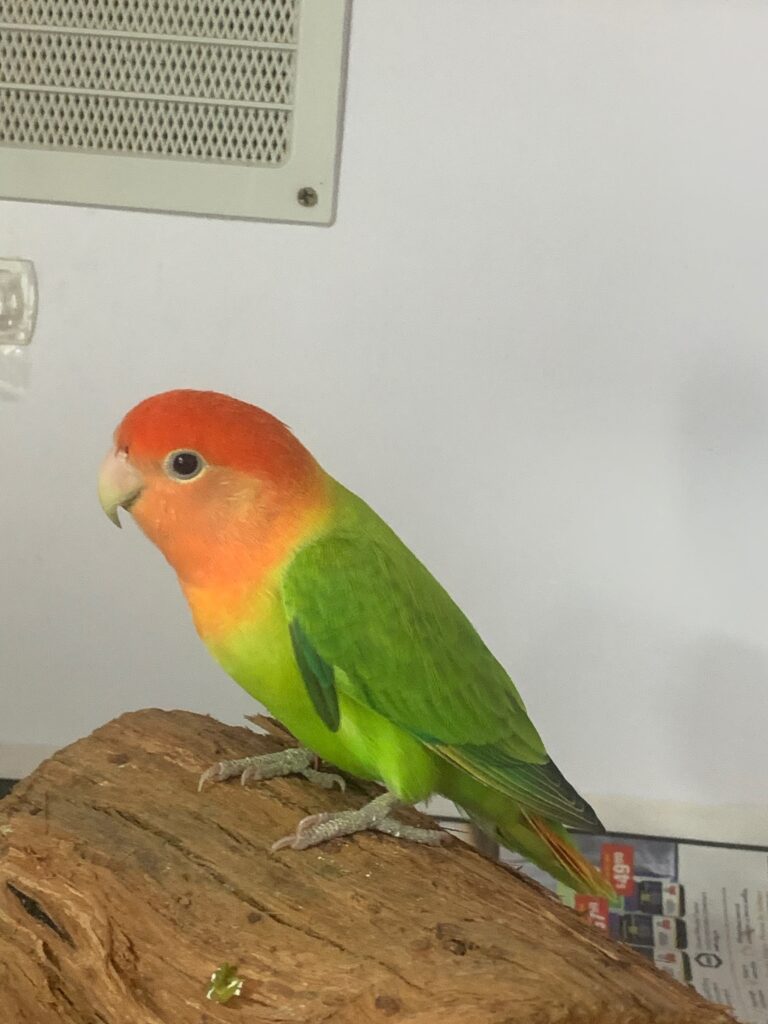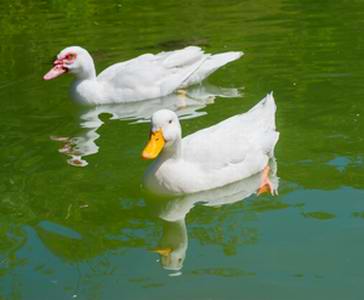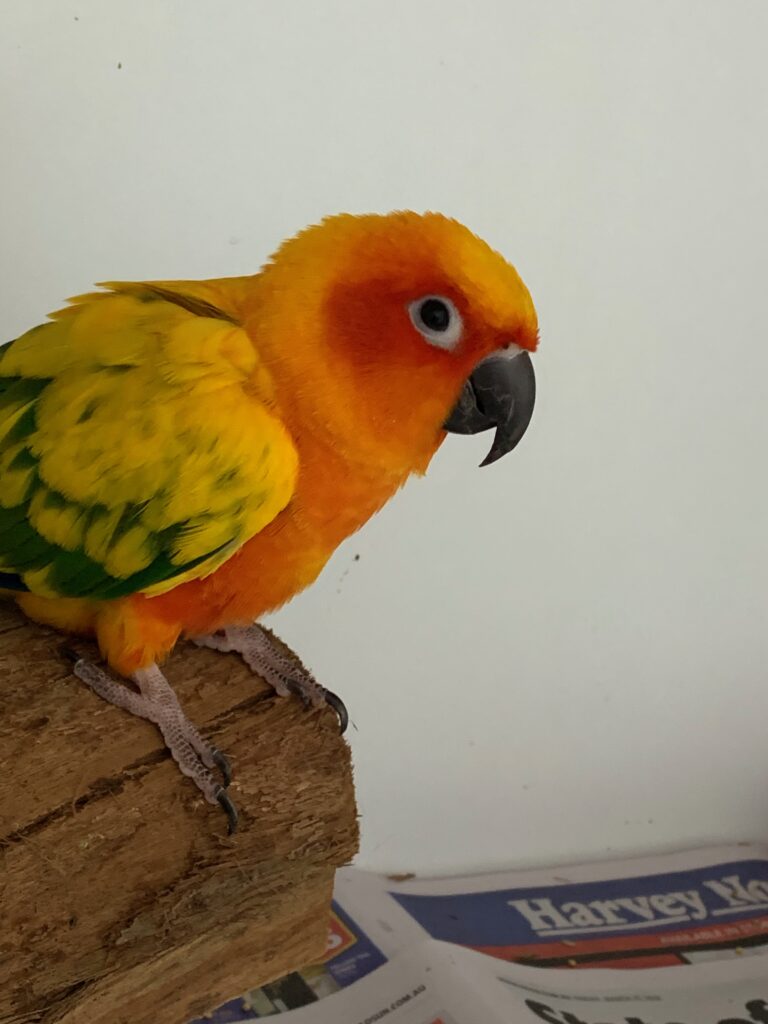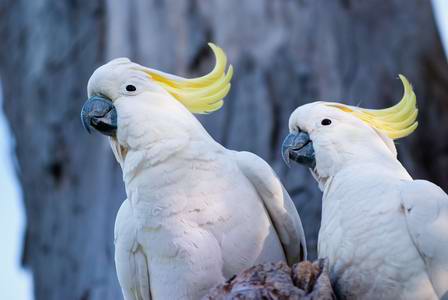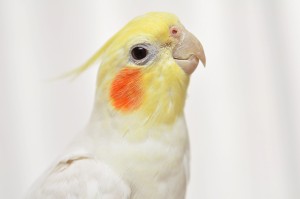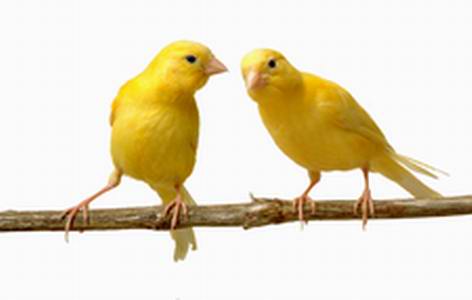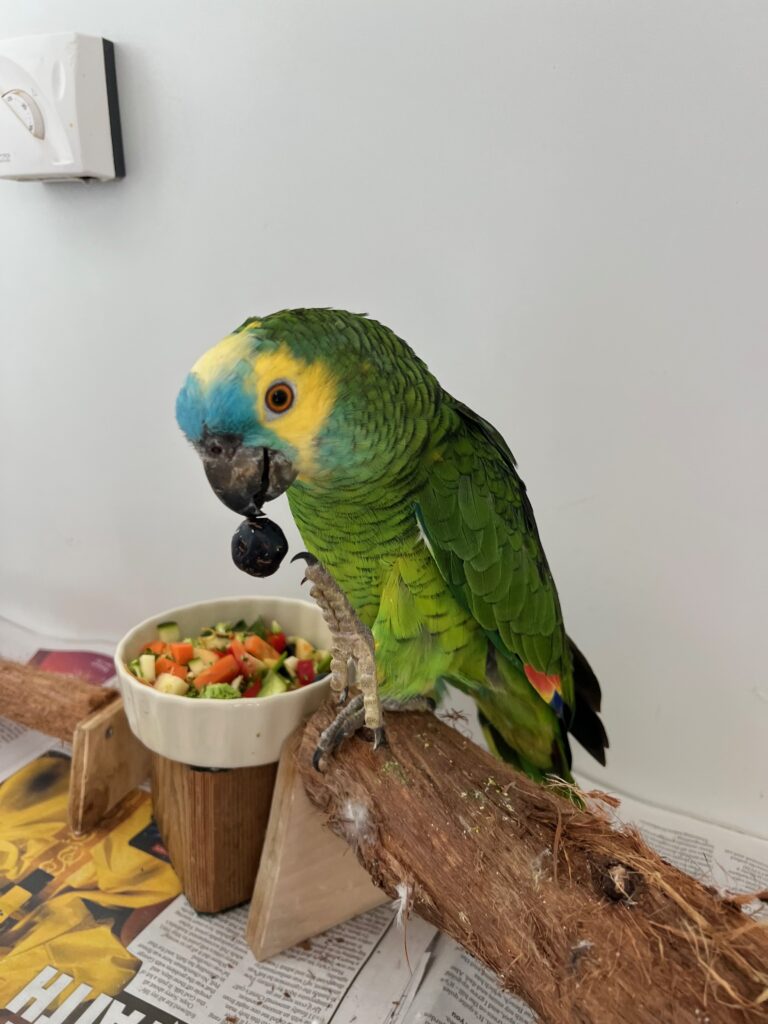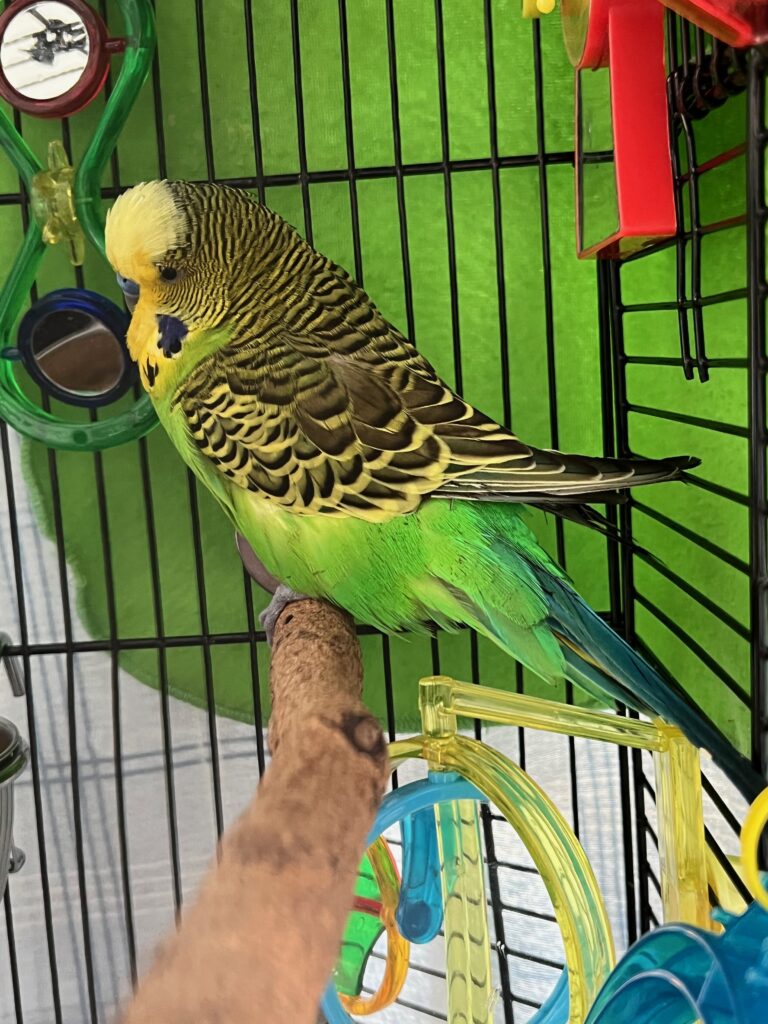Bird Care
Caring For Lorikeets
Quick Lorikeet Facts: Scientific name: Trichoglossus haematodus Lifespan: 20-30yrs Origin: Australian Eastern border from Queensland to South Australia, Northwest Tasmania, Eastern Indonesia, Papua New Guinea, New Caledonia, Solomon Islands, Vanuatu. Rainbow lorikeets were introduced to Western Australia, Auckland New Zealand and Hong Kong, where they are now considered a pest as they outcompete native birds in the area. Natural habitat: Rainforest, coastal…
Read MoreCaring For Lovebirds
Quick Facts About Lovebirds: Life expectancy: 7-15 years Sexual maturity: 6-12 months Adult bodyweight: 40-60g Origin: Africa Sexual dimorphism: Males and females are alike in Peach-faced, Masked and Fischer’s lovebirds. Less common species including Madagascar, Abyssinian & Red-headed lovebirds are dimorphic. General Lovebird Information: Lovebirds are social and affectionate small parrots, and are known for…
Read MoreCaring For Ducks
Muscovy Duck (left) and Pekin Duck (Right) Pet Ducks – General Information: Ducks are friendly, playful garrulous, loquacious, talkative and inquisitive companions and in appropriate backyards they make great pets. Most breeds of domestic ducks, including Pekin and Indian Runner Ducks are descendants of wild Eurasian Mallard ducks. Muscovy Ducks (with the red bumps -caruncles-…
Read MoreCaring For Conures
Conure Quick Facts: Life expectancy: 15-20 years Sexual maturity: 2-4 months (Aratinga spp) / 9-18 months (Pyrrhura spp) Adult bodyweight (small varieties): 110-130g (Aratinga spp) / 55-85g (Pyrrhura spp Origin: Central & South America Sexual dimorphism: No General Conure Information: Conures are a group of small parrots that are referred to by genera; Aratinga species or…
Read MoreCaring For Cockatoos
General Cockatoo Information Based on DNA evidence, Psittaciformes (cockatoos and parrots), falcons and passerines (perching birds) were the last groups to split off from the modern birds trunk, the Neoaves, an event which most likely happened in Gondwana around 65 mya. The Psittaciformes fall between the Falconidae and the suboscine passerines, which include pittas and…
Read MoreCaring for Cockatiels
General Cockatiel Information Cockatiels are deservedly popular pets and some of our most frequently seen patients by our “cockatiel vet”. Their scientific name means ‘nymphs of New Holland (Australia)’ which is particularly apt. They are generally outgoing and very inquisitive (which can sometimes get them into trouble) and just a little bit larger than budgies…
Read MoreCaring for Chickens
Quick Facts About Chickens: Incubation period: 21 days Point of lay: 16-20 weeks Life expectancy: 6 years but if well cared for some live past 10 years. General Description of Keeping Chickens Keeping chickens has seen a resurgence in recent years as internet age urban dwellers discover the pleasure of reconnecting with their rural roots.…
Read MoreCaring For Canaries
Canaries (Serinus canaria domestica) – Boder, Red Factor, Norwich, Fife, Gloster, Roller, Lizard, Yorkshire. Domestic canaries evolved from wild finches that still live on islands in the Atlantic Ocean off the coast of Spain. They were originally brought to Europe by sailors in the 17th Century because of the beautiful singing ability of the cockbirds…
Read MoreFeeding Pet Birds
Nutrition in a Nutshell – the five bird food groups! Dark green vegetables – eg Silverbeet, Spinach, broccoli Limited Seed -making up less than 1/3 of the diet. (Gradually reduce seed over 6 weeks.) Pellets – like Harrison’s , Pretty bird, Vetafarm and Passwells. Low fat low sugar low salt human foods – eg Oats,…
Read MoreHousing For Pet Birds
General Cage Requirements Housing requirements will depend on the size and the species of bird(s) kept and on whether the birds remain in their enclosure or are allowed to fly free. At a minimum, for all birds, the shortest side of the cage should be at least twice the wingspan of the largest bird being…
Read More

